Associate Professor Qing Zhong shared insights on AI breakthroughs in proteomics and multiomics, challenges in data sharing and his vision for a high-resolution lens on biology that could redefine science and healthcare.
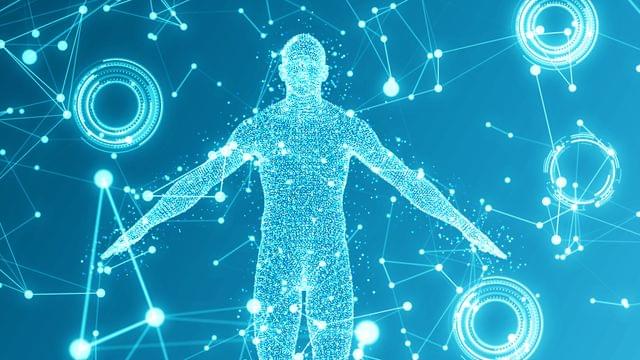


Treating hair loss may be as simple as developing therapies to flip a molecular “switch,” according to a new study by researchers from Penn State; the University of California, Irvine; and National Taiwan University.
The researchers reviewed the biological and social evolution of human scalp hair. Based on their analysis, they proposed a novel theory that points to a molecular basis underlying the ability to grow long scalp hair.
In short, human ancestors may have always had the ability to grow long scalp hair, but the trait remained dormant until certain environmental and biological conditions — like walking upright on two legs — turned on the molecular program. The team published their findings, which they said could serve as the basis for future experimental work, in the British Journal of Dermatology.
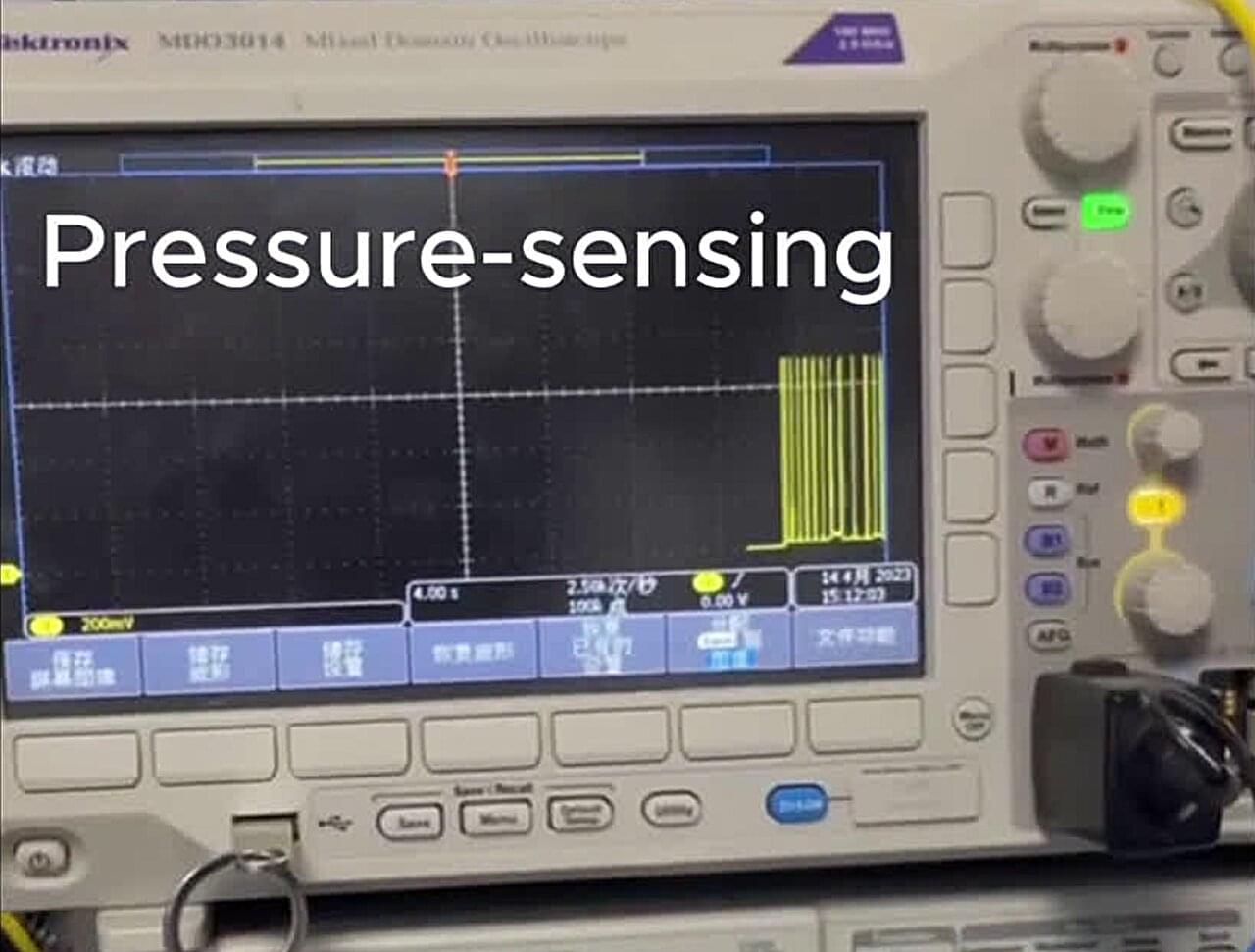
Artificially engineered biological processes, such as perception systems, remain an elusive target for organic electronics experts due to the reliance of human senses on an adaptive network of sensory neurons, which communicate by firing in response to environmental stimuli.
A new collaboration between Northwestern University and Georgia Tech has unlocked new potential for the field by creating a novel high-performance organic electrochemical neuron (OECN) that responds within the frequency range of human neurons. The team also built a complete perception system by designing other organic materials and integrating their engineered neurons with artificial touch receptors and synapses, which enabled real-time tactile signal sensing and processing.
The research, described in a paper in Proceedings of the National Academy of Sciences, could move the needle on intelligent robots and other systems currently stymied by sensing systems that are less powerful than those of a human.
Dr. Simon Stringer. Obtained his Ph.D in mathematical state space control theory and has been a Senior Research Fellow at Oxford University for over 27 years. Simon is the director of the Oxford Centre for Theoretical Neuroscience and Artificial Intelligence, which is based within the Oxford University Department of Experimental Psychology. His department covers vision, spatial processing, motor function, language and consciousness — in particular — how the primate visual system learns to make sense of complex natural scenes. Dr. Stringers laboratory houses a team of theoreticians, who are developing computer models of a range of different aspects of brain function. Simon’s lab is investigating the neural and synaptic dynamics that underpin brain function. An important matter here is the The feature-binding problem which concerns how the visual system represents the hierarchical relationships between features. the visual system must represent hierarchical binding relations across the entire visual field at every spatial scale and level in the hierarchy of visual primitives.
We discuss the emergence of self-organised behaviour, complex information processing, invariant sensory representations and hierarchical feature binding which emerges when you build biologically plausible neural networks with temporal spiking dynamics.
00:00:00 Tim Intro.
00:09:31 Show kickoff.
00:14:37 Hierarchical Feature binding and timing of action potentials.
00:30:16 Hebb to Spike-timing-dependent plasticity (STDP)
00:35:27 Encoding of shape primitives.
00:38:50 Is imagination working in the same place in the brain.
00:41:12 Compare to supervised CNNs.
00:45:59 Speech recognition, motor system, learning mazes.
00:49:28 How practical are these spiking NNs.
00:50:19 Why simulate the human brain.
00:52:46 How much computational power do you gain from differential timings.
00:55:08 Adversarial inputs.
00:59:41 Generative / causal component needed?
01:01:46 Modalities of processing i.e. language.
01:03:42 Understanding.
01:04:37 Human hardware.
01:06:19 Roadmap of NNs?
01:10:36 Intepretability methods for these new models.
01:13:03 Won’t GPT just scale and do this anyway?
01:15:51 What about trace learning and transformation learning.
01:18:50 Categories of invariance.
01:19:47 Biological plausibility.
Pod version: https://anchor.fm/machinelearningstre… https://en.wikipedia.org/wiki/Simon_S… / simon-stringer-a3b239b4 “A new approach to solving the feature-binding problem in primate vision” https://royalsocietypublishing.org/do… James B. Isbister, Akihiro Eguchi, Nasir Ahmad, Juan M. Galeazzi, Mark J. Buckley and Simon Stringer Simon’s department is looking for funding, please do get in touch with him if you can facilitate this. #machinelearning #neuroscience.
https://www.neuroscience.ox.ac.uk/res…
https://en.wikipedia.org/wiki/Simon_S…
/ simon-stringer-a3b239b4.
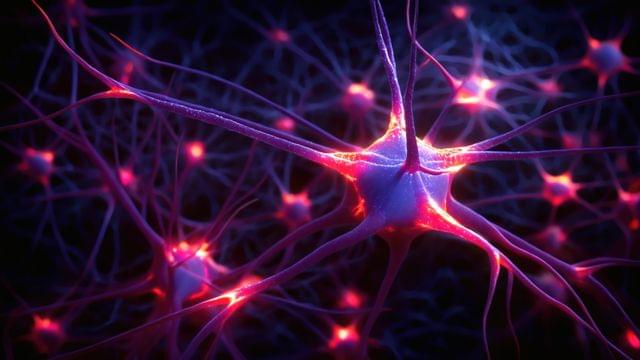
On Thursday January 30th, astronauts Suni Williams and Butch Wilmore are doing a 6.5-hour spacewalk outside the International Space Station. Among other goals, they’ll be collecting surface samples from the station to analyze for the presence of microbes.
The ISS “surface swab” is part of the ISS External Microorganisms project. It was developed to understand how microorganisms are transported by crew members to space. It also seeks to understand what happens to those “mini-critters” in the space environment.
NASA will provide live coverage of the walk which will also conduct some other maintenance on the station along with the sampling activities.

A study by cognitive neuroscientists at SISSA investigated how the human brain processes space and time, uncovering that these two types of information are only partially connected.
Imagine a swarm of fireflies flickering in the night. How does the human brain process and integrate information about both their duration and spatial position to form a coherent visual experience? This question was the focus of research by Valeria Centanino, Gianfranco Fortunato, and Domenica Bueti from SISSA’s Cognitive Neuroscience group, published in Nature Communications
<em> Nature Communications </em> is an open-access, peer-reviewed journal that publishes high-quality research from all areas of the natural sciences, including physics, chemistry, Earth sciences, and biology. The journal is part of the Nature Publishing Group and was launched in 2010. “Nature Communications” aims to facilitate the rapid dissemination of important research findings and to foster multidisciplinary collaboration and communication among scientists.
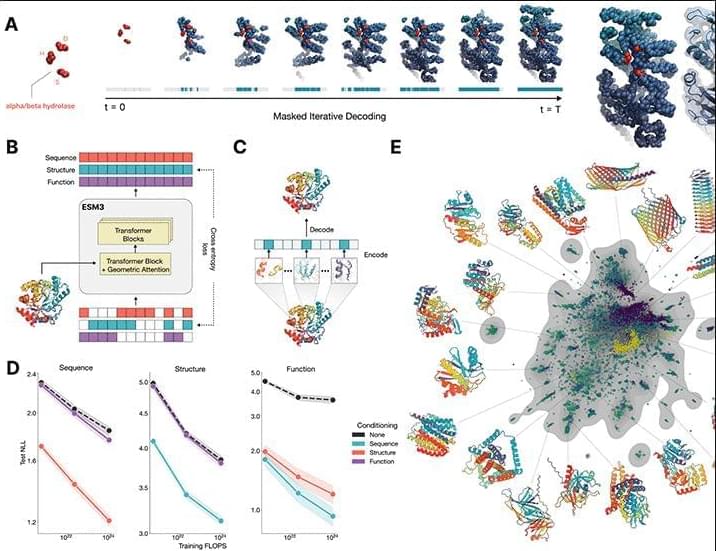
An AI model created to design proteins simulates 500 million years of protein evolution in developing a previously unknown bright fluorescent protein.
Learn more in a new Science study.
More than three billion years of evolution have produced an image of biology encoded into the space of natural proteins. Here we show that language models trained at scale on evolutionary data can generate functional proteins that are far away from known proteins. We present ESM3, a frontier multimodal generative language model that reasons over the sequence, structure, and function of proteins. ESM3 can follow complex prompts combining its modalities and is highly responsive to alignment to improve its fidelity. We have prompted ESM3 to generate fluorescent proteins. Among the generations that we synthesized, we found a bright fluorescent protein at a far distance (58% sequence identity) from known fluorescent proteins, which we estimate is equivalent to simulating five hundred million years of evolution.
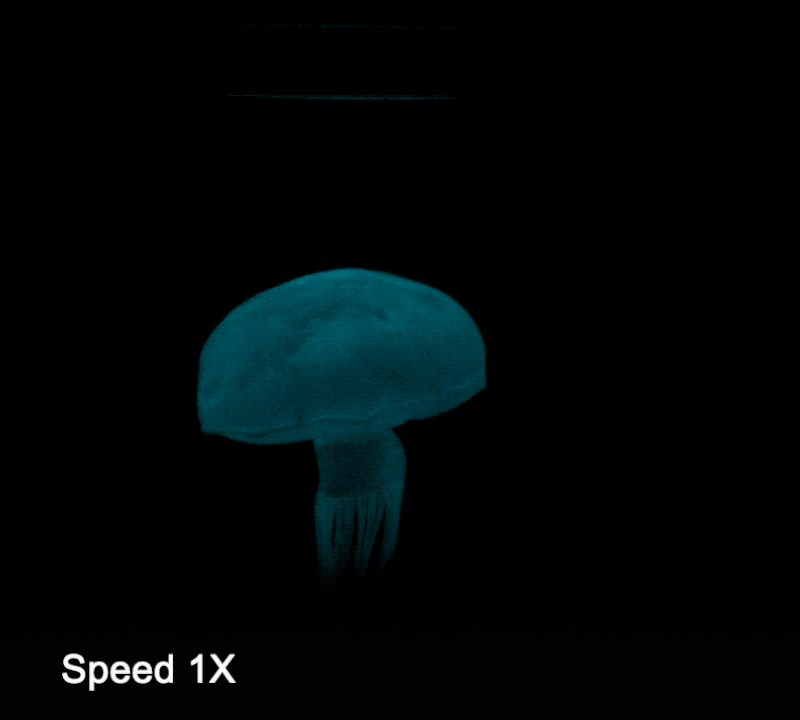
Researchers at Cornell University on Monday showcased a pair of bio-inspired robotics running on a hydraulic fluid-powered battery. The redox flow battery (RFB) also mimics biological functions, as it releases electrolytic fluids, which dissolve to create energy through chemical reaction.
The first two robots on display are a modular worm and a jellyfish, designed by the Cornell Engineering labs. The batteries powering these systems utilize embodied energy, “an approach that incorporates power sources into the body of a machine, to reduce its weight and cost,” according to the school.
Mechanical and aerospace engineering Professor Rob Shepherd describes the underlying technology thusly: “There are a lot of robots that are powered hydraulically, and we’re the first to use hydraulic fluid as the battery, which reduces the overall weight of the robot, because the battery serves two purposes, providing the energy for the system and providing the force to get it to move.”
Find out more about Bitdefender’s two decades of unparalleled cybersecurity excellence: https://bitdefend.me/StarTalkTA
Could we create warp drive someday? In this Star Trek-themed episode, Neil deGrasse Tyson and co-host Chuck Nice team up with astrophysicist Charles Liu to dive into the science, technology, and legacy of one of the most influential sci-fi franchises of all time: Star Trek.
We answer questions about quantum entanglement, the size of electrons, and the real science behind Trek tech or Treknology. How close are we to warp drives, transporters, and subspace communication? You might be surprised to hear what’s theoretically possible and what remains in the realm of science fiction.
We discuss technology that exists already and the solutions to storytelling challenges through warp drives and dilithium crystals. Learn about the show’s physics, from phasers and antimatter to the mycelium network’s fascinating parallels with fungal biology. How do you store antimatter without it annihilating? Plus, find out who everyone’s favorite characters are and who they relate to most.
As we reflect on the series’ 23rd-century vision, we ask: Could humanity achieve Trek-level tech by 2260? We discuss the physics we’re missing and the collective imagination and determination it takes to advance our understanding of the universe.
Get ‘The Handy Quantum Physics Answer Book’: https://amzn.to/4frhizV